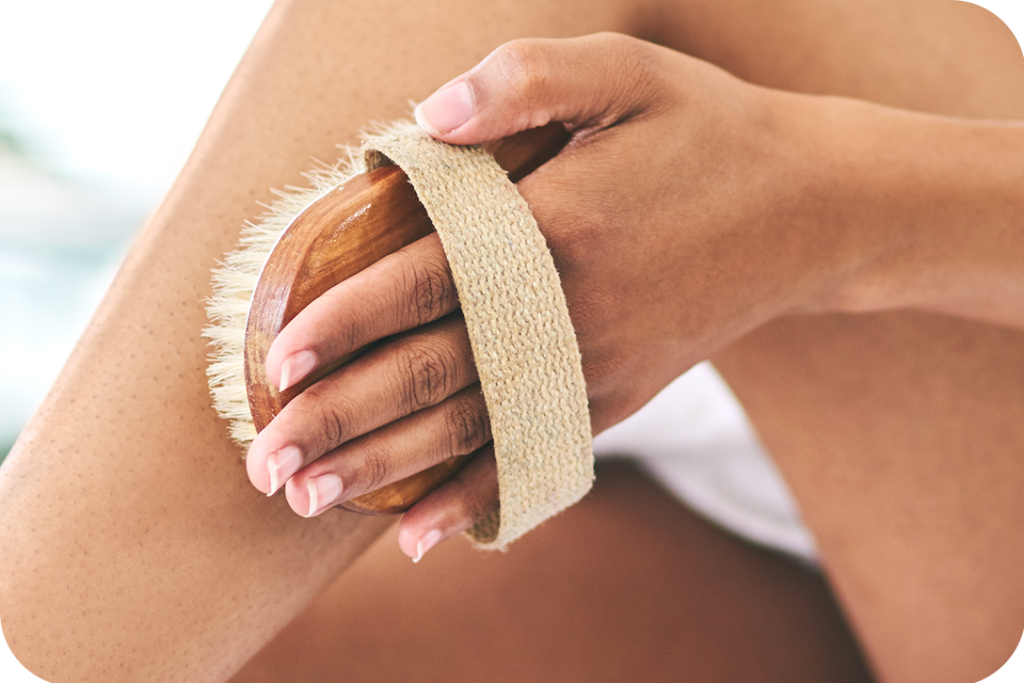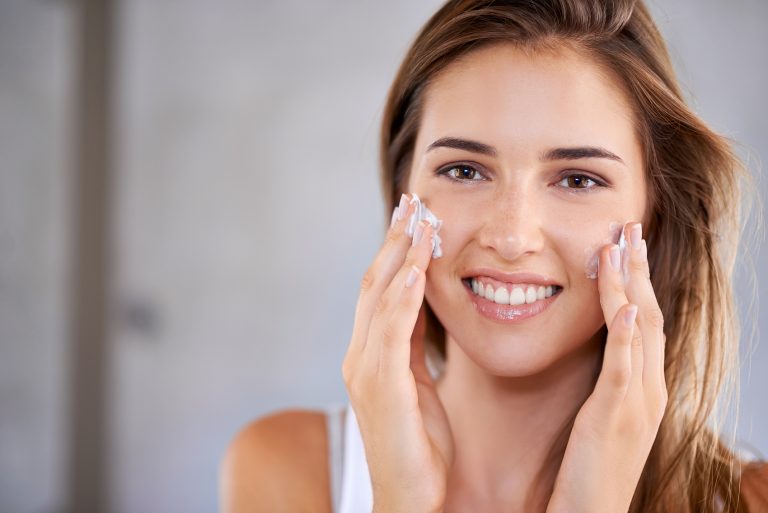Did you know that about one million cells in our body die every second? While that might sound a bit alarming, it’s actually a normal and essential process. In fact, you’d be more concerned if it didn’t happen! To keep our skin looking fresh and healthy, it’s important to regularly remove those dead cells, and that’s where exfoliation comes in.
Understanding Exfoliation
Exfoliation is the process of removing dead skin cells from the surface of your skin. There are two main ways to do this:
1. Physical Exfoliation
Physical exfoliation involves using tools or products to manually scrub away dead skin cells. Here’s how it works:
- Scrubs: These often contain tiny, gritty particles like microbeads, sugar, or salt that help remove dead cells.
- Brushes: From simple hand-held brushes to advanced electronic devices, these tools cleanse and exfoliate the skin.
- Abrasive Materials: Items like loofahs or exfoliating gloves can also be used to physically buff away the old, dull layer of skin.
The goal is to reveal the fresh, radiant skin underneath by gently removing the surface layer of dead cells.

2. Chemical Exfoliation
Chemical exfoliation uses specific acids to dissolve dead skin cells without the need for scrubbing. The main types of acids used include:
- Alpha Hydroxy Acids (AHAs): Water-soluble and derived from fruits and milk, AHAs are excellent for improving skin texture, reducing fine lines, and addressing pigmentation issues.
- Beta Hydroxy Acids (BHAs): Oil-soluble and best known as salicylic acid, BHAs penetrate deeper into the pores, making them ideal for acne-prone and oily skin.
- Polyhydroxy Acids (PHAs): These are water-soluble, derived from vegetable oils, starch, and proteins, and are perfect for sensitive skin, helping to maintain hydration while exfoliating.
Each type of acid works by loosening the bonds between dead cells, allowing them to be easily removed and revealing smoother, more vibrant skin underneath.

Choosing the Right Exfoliation Method
The best exfoliation method for you depends on your skin type and specific needs. Here’s a quick guide:
- Dry Skin: Use hydrating exfoliants once a week or every other week to avoid over-drying.
- Oily Skin: BHA-based exfoliants are most effective, used 2-3 times a week to keep pores clear.
- Combination Skin: Gentle enzymatic exfoliators or PHAs can be used, adjusting the frequency based on the area of your face.
- Sensitive Skin: Opt for mild chemical exfoliants with soothing ingredients, using them once a week or less.
Best Practices for Exfoliation
To exfoliate effectively and safely at home, start by choosing a gentle exfoliator that suits your skin type. Apply it in gentle, circular motions, and avoid harsh scrubbing to prevent irritation.
The Importance of Hydration
After exfoliating, it’s crucial to hydrate your skin. This helps soothe any potential irritation and replenishes moisture. Use a hydrating serum or lotion with ingredients like aloe vera, ceramides, or panthenol to support your skin’s barrier and promote healing. Argan oil, rich in antioxidants and fatty acids, is also an excellent choice for moisturizing and rejuvenating the skin.
Benefits of Exfoliation
Exfoliation offers several benefits, including:
- Removing Dead Cells: Enhances skin clarity and radiance by eliminating dull, dry skin and preventing clogged pores.
- Unclogging Pores: Regular exfoliation keeps pores clear of dirt and oil, reducing blockages.
- Preventing Breakouts: Clears away dead skin that traps oil and dirt, minimizing acne.
- Reducing Wrinkles and Fine Lines: Reveals youthful skin and minimizes the appearance of wrinkles.
- Softening and Smoothing Skin: Leaves skin softer and smoother by shedding rough, dry skin cells.

Risks of Over-Exfoliation
While exfoliation is beneficial, overdoing it can lead to:
- Weakening of the Skin’s Protective Barrier: Stripping the skin of natural oils can make it more vulnerable to infections and environmental damage.
- Increased Sensitivity and Irritation: Over-exfoliation can cause burning, redness, and discomfort.
- Redness and Inflammation: Removing too much of the outer layer can lead to irritation and dehydration.
- Breakouts and Acne Flare-ups: Imbalance from over-exfoliation can increase oil production and clog pores.
- Premature Aging: Removing the skin’s protective layer exposes it to stressors, potentially increasing signs of aging.
Why Exfoliate?
Exfoliation is a powerful skincare technique with numerous benefits, but it’s important to find the right balance. Understanding the methods and choosing the right one for your skin can help you achieve a radiant, healthy complexion. Regular exfoliation, when done correctly, is an invaluable part of any skincare routine.






